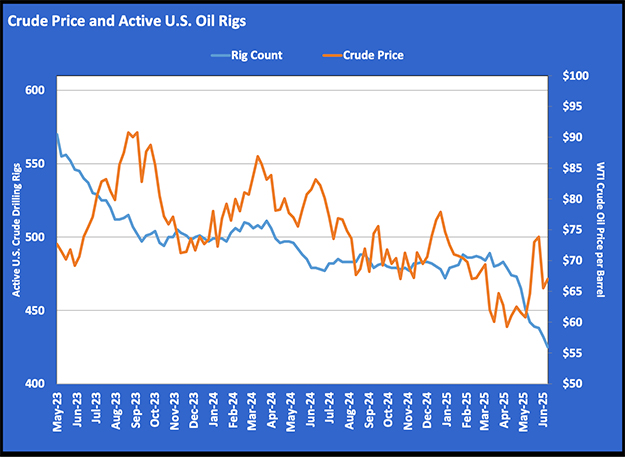Stay compliant with cathodic testing
Routine cathodic protection system testing is required for underground tanks in many states based on the 2011 edition and later versions of the National Fire Protection Association (NFPA) Liquefied Petroleum Gas Code 58. Make sure your company is up to speed on best practices for cathodic testing.
Step 1: Prepare for testing
Start with equipment. Do you have the proper testing equipment?
Get your forms in order. Make sure you have any previous testing records and new inspection forms ready to go.
Train your employees. Are your employees trained and qualified to perform proper cathodic testing methods? Testing requirements per NFPA 58 include:
- One of the most widely used testing methods is using a copper-copper sulfate half cell to achieve at least -.85 D.C. or more (meaning negative).
- Testing must be completed upon installation unless prohibited by climatic conditions, in which case testing shall be done within 180 days after installation of the system.
- Continued verification of the effectiveness of the system 12 to 18 months after the initial testing.
- Periodic follow-up testing shall be performed at intervals not to exceed 36 months.
- Systems failing a test shall be repaired as soon as practical unless climatic conditions prohibit this action, in which case the repair shall be made not more than 180 days thereafter. Testing schedule shall be restarted as required initially.
- Documentation of the results of the two most recent tests shall be retained.
Step 2: Test
Dispatch your service technicians and/or drivers to complete cathodic protection inspections at customer locations. Due diligence beforehand will set them up for success in the field.
Step 3: Review, report and coach
It is critical to review the accuracy and completion of your documentation.
Remember, technicians do not love paperwork. A technology-driven system with input-error reduction can improve the accuracy of forms in real time. Then, when forms are sent electronically to your database, they can be reviewed quickly and flagged for corrective action if needed.
Establishing a process to review and report your cathodic testing documentation is also a great tool for training. You can track technician performance to identify skills with which your techs might need a little extra help.
Eric Leskinen is the executive vice president of P3 Propane Safety. He can be reached at eric_leskinen@bostonenv.com.
NOTE: The opinions and viewpoints expressed herein are solely the author’s and should in no way be interpreted as those of LP Gas magazine or any of its staff members.
















